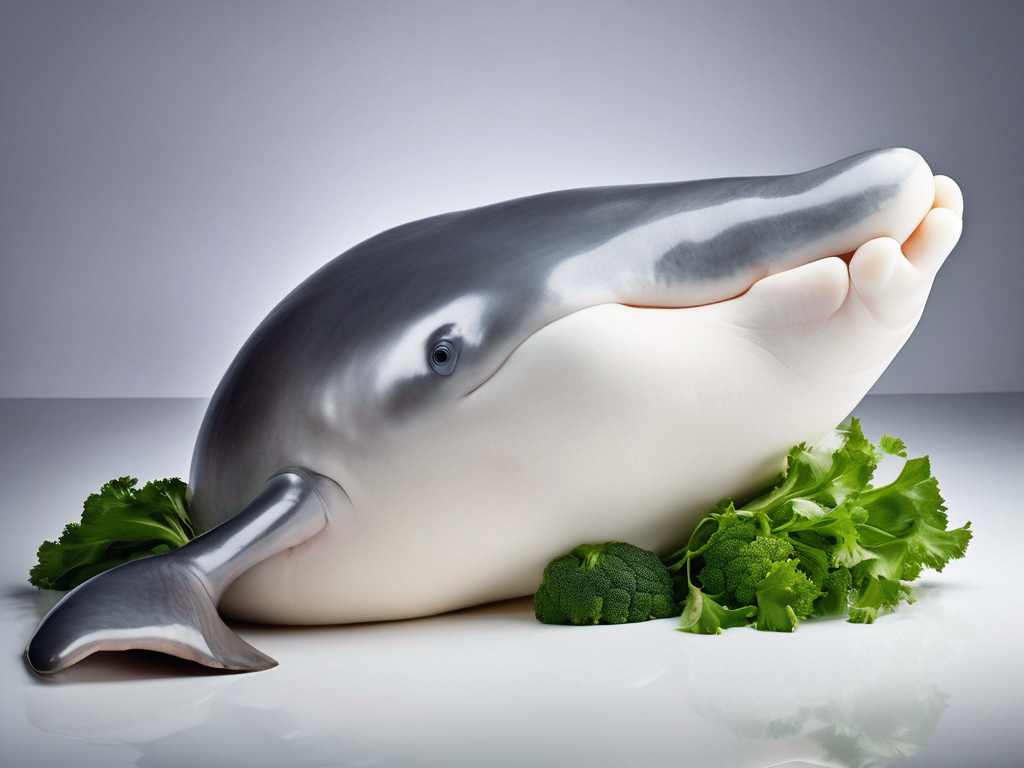
Is My Beluga Whale Safe to Eat?
Get Your Free Food Safety Cheat Sheet
30 most common foods with instant answers. Print it and stick it on your fridge—completely free!
Is My Beluga Whale Safe to Eat?
Beluga whale is a delicacy enjoyed by many seafood lovers, but ensuring its safety for consumption is crucial to prevent foodborne illnesses. In this guide, we will explore how to determine if your beluga whale has gone bad and provide essential tips for safe handling and storage. (Beluga whale)
Understanding Beluga Whale Freshness
Beluga whale meat, like any other seafood, is highly perishable and can spoil quickly if not handled properly. Here are some signs to look out for to determine if your beluga whale has gone bad:
Visual Inspection
- Color: Fresh beluga whale meat should have a vibrant, translucent appearance. Any discoloration, such as a grayish hue or dark spots, may indicate spoilage.
- Texture: The flesh should be firm and moist. If it appears slimy, mushy, or sticky, it is likely past its prime.
- Smell: Fresh beluga whale meat has a mild, oceanic scent. If it emits a strong, ammonia-like or fishy odor, it is best to discard it.
Sensory Evaluation
- Taste: Beluga whale meat should have a clean, briny taste. Any sour, bitter, or off flavors are indicators of spoilage.
- Touch: Pressing your finger onto the meat should leave an indentation that bounces back. If the meat feels mushy or spongy, it is no longer safe to consume.
Safe Handling and Storage Tips
Proper handling and storage are essential to maintain the freshness and safety of beluga whale meat. Follow these guidelines to ensure your seafood remains at its best:
Purchasing Tips
- Buy beluga whale meat from reputable sources to ensure quality and freshness.
- Check for proper labeling, including the source of the meat and the date of packaging.
Storage Guidelines
- Refrigeration: Store beluga whale meat in the coldest part of your refrigerator, ideally at temperatures below 40°F (4°C).
- Freezing: If you do not plan to consume the meat immediately, wrap it tightly in plastic wrap and store it in the freezer at 0°F (-18°C) or below.
Thawing Instructions
- Refrigerator: Thaw beluga whale meat in the refrigerator overnight to ensure a slow and safe thawing process.
- Cold Water Bath: If you need to expedite the thawing process, place the sealed meat in a bowl of cold water, changing the water every 30 minutes.
Cooking Recommendations
- Cook Thoroughly: Ensure beluga whale meat reaches an internal temperature of 145°F (63°C) to kill any harmful bacteria.
- Avoid Cross-Contamination: Use separate cutting boards and utensils for raw and cooked seafood to prevent the spread of bacteria.
Conclusion
In conclusion, maintaining the freshness and safety of beluga whale meat requires vigilance and proper handling practices. By conducting visual inspections, evaluating sensory cues, and following safe storage and cooking guidelines, you can enjoy this delicacy without compromising your health. Remember, when in doubt, it is always best to err on the side of caution and discard any beluga whale meat that shows signs of spoilage. Enjoy your seafood responsibly and savor the unique flavors of beluga whale with peace of mind. (Beluga whale)

Authoritative Food Safety References
These agencies and university labs inform every tip and health precaution we publish.
USDA FoodKeeper – Cold Storage Guidelines
Official refrigerator, freezer, and pantry timelines maintained by the U.S. Department of Agriculture.
Visit USDA FoodKeeperFDA Produce Safety Rule & Grower Guidance
Field-to-fridge handling practices that prevent contamination of fruits, vegetables, and leafy greens.
Visit FDA Produce SafetyCDC Foodborne Illness Prevention Hub
Surveillance-backed guidance on pathogens, symptoms, and steps to reduce foodborne illness risk.
Visit CDC Food SafetyUC Davis Postharvest Technology Center
University research detailing optimal storage atmospheres for produce after harvest.
Visit UC Davis PostharvestPenn State Extension – Home Food Preservation & Safety
Peer-reviewed extension bulletins on safe canning, chilling, and reheating practices.
Visit Penn State ExtensionHow can I tell if beluga whale meat is contaminated?
What are the health risks of eating beluga whale meat?
Are there any safe alternatives to eating beluga whale meat?
What are the regulations regarding the consumption of beluga whale meat?
Get Your Free Food Safety Cheat Sheet
30 most common foods with instant answers. Print it and stick it on your fridge—completely free! Want more? Upgrade to the complete guide with 70+ foods.
Scan your food directly and get instant safety info using our AI-powered camera feature.